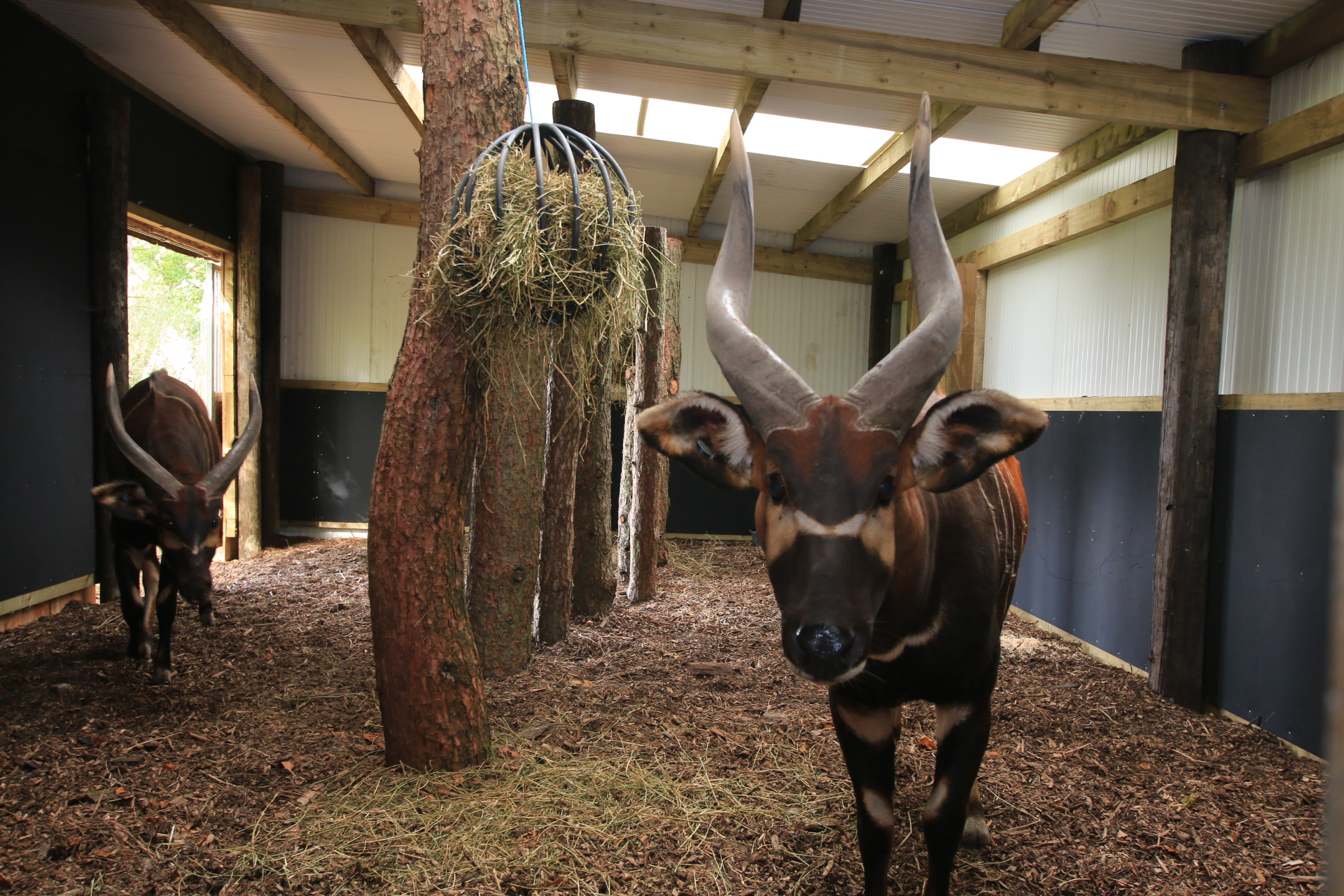
Stokbord® recycled plastic sheet chosen for providing indoor shelter at Knowsley Safari Park
The almost-circular hoofed-animal headquarters was designed and built by construction specialists PaxtonHarris in close association with Knowsley’s keepers as part of ongoing improvements to ensure the best possible welfare for animals.
With Hoofstock House the aim was to create a space best suited to the needs of antelope and other hoofed animals. St Helens-based PaxtonHarris rose to the challenge of designing a new home for the hoofed safari park residents, that would also help keepers to manage the herd safely.
To reflect the Safari Park’s commitment to conservation, PaxtonHarris set out to design a building with strong environmental credentials, with lighting
powered by solar panels and a rainwater collection system to supply the drinking troughs for the animals.
Stokbord® is made entirely from recycled plastic, so perfectly complements the building’s sustainability credentials. Providing a silver-grey lining for the complete interior of the house up to a height of 1.5metres, Stokbord is the perfect material to make sure the animals stay safe and secure.
Mark Harris, director of PaxtonHarris, said they had seen Stokbord used in a stables and thought it would be ideal for Knowsley’s Hoofstock House.
“It’s a strong, robust material that is resilient to impact and is safe for the animals. It’s also waterproof and is easy to wash down and keep clean.
“We found Stokbord was very good to work with. It’s a very manageable material that’s easy to cut to shape and it will need minimal maintenance in future.” The steel-framed, breathable building was designed with an innovative ‘50 pence piece’ shape and five internal sections with a flexible access arrangement that allows keepers to separate and control the herd into different areas as needed.
Locally-sourced logs were embedded within the floor to break up the area, providing a hideaway for some of the smaller animals and giving a natural
feeling to the house.
The project took six months to build and was completed in June 2015.
